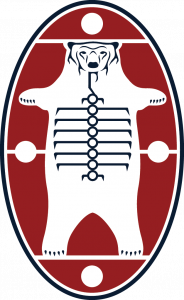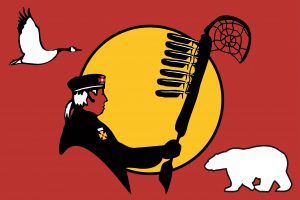Who We Are
Nishnawbe Aski Nation (NAN) was established in 1973, and was originally known as Grand Council Treaty No. 9 until 1983. Grand Council Treaty No. 9 made a public declaration – A Declaration of Nishnawbe-Aski (The People and the Land) – of our rights and principles in 1977.
NAN territory encompasses James Bay Treaty No. 9 and the Ontario portion of Treaty No. 5, a landmass covering two-thirds of the Province of Ontario, spanning 210,000 square miles. Our people traditionally speak Cree and Algonquin in the east, OjiCree in the west, and Ojibway in the central south area.
NAN represents 49 First Nations with a total population (on and off-reserve) of approximately 45,000 people grouped by Tribal Council. Six of our member Nations are not affiliated with a specific Tribal Council.
Declaration of Nishnawbe-Aski (The People and the Land)
In 1977 Nishnawbe Aski Nation, then known as Grand Council Treaty No. 9, made a public declaration of our rights and principles – A Declaration of Nishnawbe-Aski (The People and the Land) – to Ontario Premier William Davis on July 6 in Toronto and to Canadian Prime Minister Pierre Trudeau on July 11 in Ottawa.
These rights include:
- The right to receive compensation for our exploited natural resources.
- The right to receive compensation for the destruction and abrogation of our hunting, fishing and gathering rights.
- The right to renegotiate our Treaty as understood by our people, land and resources.
- The right to approach other world nations to further the aims of the Cree and Ojibway Nations of Treaty No. 9.
Great White Bear

The Great White Bear stands in the circle – the traditional symbol of life of the North American Indian.
The background is red – symbolic of the Red Man. His feet are firmly planted on the bottom line – representing Earth. His head touches the top line – symbolic of his relationship to the Heavens and to the Great Spirit. He stands with feet stretched out to the four smaller circles which represent the North, East, South and West – to show that he has nothing to hide.
The circles joining his rib cage represent our First Nation communities. The lines of the rib cage symbolize the traditions, culture, songs, legends and prayers of our People that bind our Nation together as one. These lines are essential, for without the protection of the rib cage the heart is open for anyone seeking to destroy that life.
NAN Veterans Flag

The NAN Veterans Flag was adopted in 2009 to honour the significant contributions of NAN veterans in defence of Canada’s freedom and democracy.
The Goose and the Bear, along with the Eagle Staff, signify the connection that First Nations people have with Mother Nature, all living things, our culture and our traditions. The Eagle Staff is a symbol of unity – there is unity within our people and our Veterans have demonstrated that there can be unity with Canada, North America and the World.
The Elder signifies a place of honour for veterans. The rising sun depicts the daily sunrises permitted to us by the veterans to enjoy sovereignty and protect that which was given to us by the Creator. The seven Eagle Feathers acknowledge the seven sacred teachings; teachings that guided each veteran to fight – to protect.

